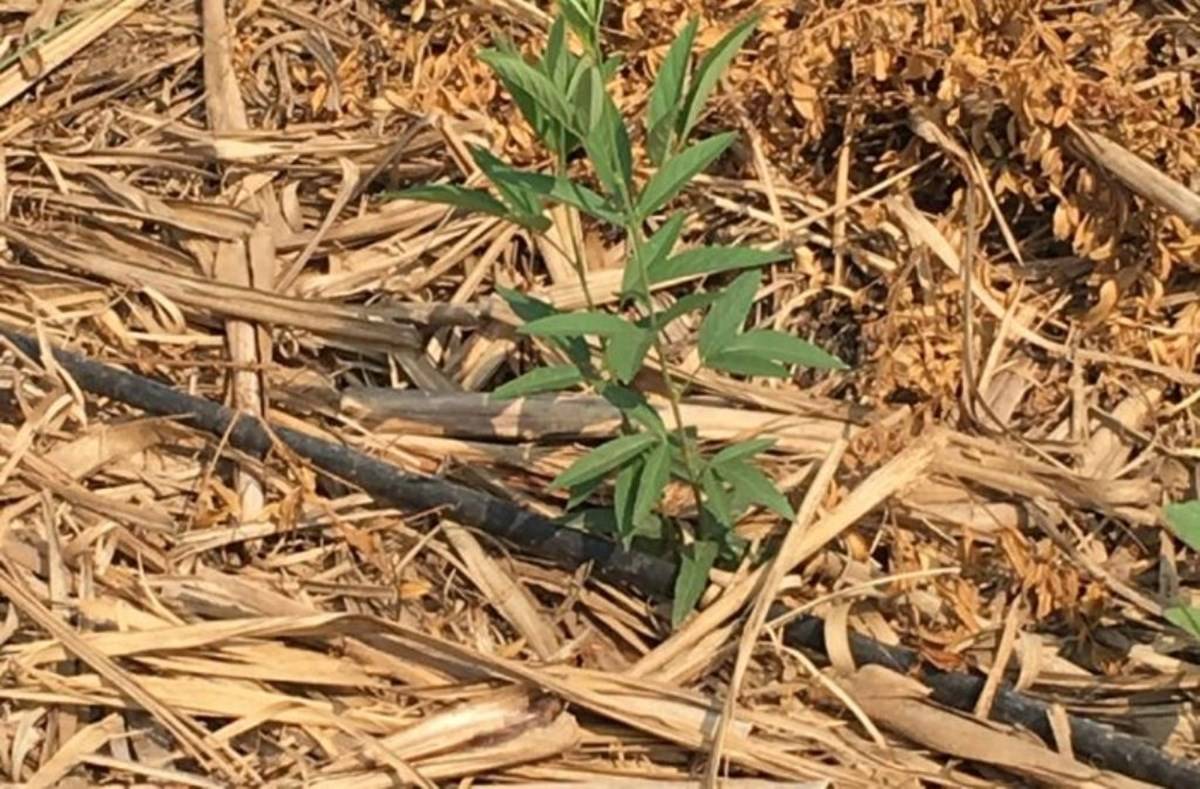
There are many questions, which remains unanswered for the farmers. Today we are going to discuss them with the solution. Let us proceed to know what are those questions and their solution.
How can I increase the productivity of agriculture without use excessive use of chemicals in the farm?
How can I minimize the degradation of soil in my farm?
How can I add various nutrients to the soil easily?
How can I protect the moisture of soil?
And too many questions like this….!!
We can solve all these issues by proper care and management of crop & farm, use of organic fertilizer etc. There is one more solution for this, that is Mulching.
Mulching is the process of covering the soil and create favourable conditions for the growth and development of crop and better yield. In mulching, a protective layer is formed around a plant, and create a microclimate around the plant root zone. It is very old yet effective technique. The world mulch is a Germanic term that ‘means soft to decay’.
Here is your complete mulching guide, let us begin from, how many types of organic mulching are there?
1. Dry Leaves
Dry leaves, when used as a mulch, are beneficial for the soil and contributes necessary nutrients. Dry leaves are easily and abundantly available, and it makes a better mulch if composted. To protect the dry leaves from blowing away, keep wood barks and small branches of plants over the leaves. About 3-4 inches thickness dry leaves mulching is sufficient.
2. Straw Mulch
Most commonly used organic mulch is straw mulch. And in that too, Paddy and Wheat straw is the most common used mulching material for fruit and vegetable crops. And straw mulch has long life in compare to other mulches. After the decomposition, straw mulch makes the soil more fertile.

3. Sawdust
It is also one of the most commonly used organic mulch and is easily available. It can be easily found near the finishing operations of wood. In compare to straw, it is half nutritious. The decomposition takes place too late because of C:N ratio. With the use of this mulching, regular fertilizer application is necessary. And one more thing to note is that, it must not be used in acidic soil, as it is acidic in nature.
4. Pine Bark Mulching
This mulch is very efficient in maintaining the dampness of soil. Speciality of this mulch is that, it keeps the soil cool by suppressing noxious weeds. It is one of the excellent organic mulches. 3-4-inch layer is sufficient, and too much pine bark may harm the plant. So, leave the space around the base of a plant, as it can cause rotting.
What Should be the Thickness of Mulching?
It depends on crop type. Mulching should be at least 2-3 inches thick. Less than 2 inches mulching will not give desired benefits. And, too much mulching is also not good, it will not let the water to get into the soil and plant. And the best time of mulching is when the soil is mist.
Procedure of Mulching
-
Remove the weeds. And then edge the crops bed before covering the crops with mulch.
-
Spread the mulch properly, and leave some space around the base of the plant.
-
Water after mulching if the mulching material is dry, or you can skip this step if the mulching material is moist.
Organic mulching should be repeated once or twice in a year, depending on the mulching material whether it is light or heavy.
Hope that the above written information is useful, in case of any doubt or feedback you can mail at the mentioned email address.
For more updates, keep visiting. And follow us on Facebook, Instagram, and Twitter.
Stay Connected & Stay Updated…!!









